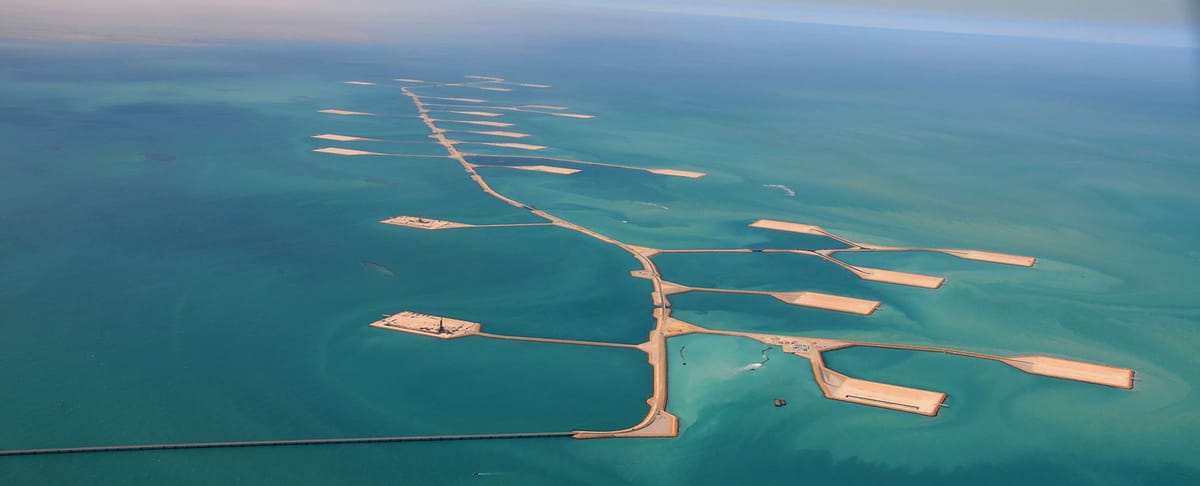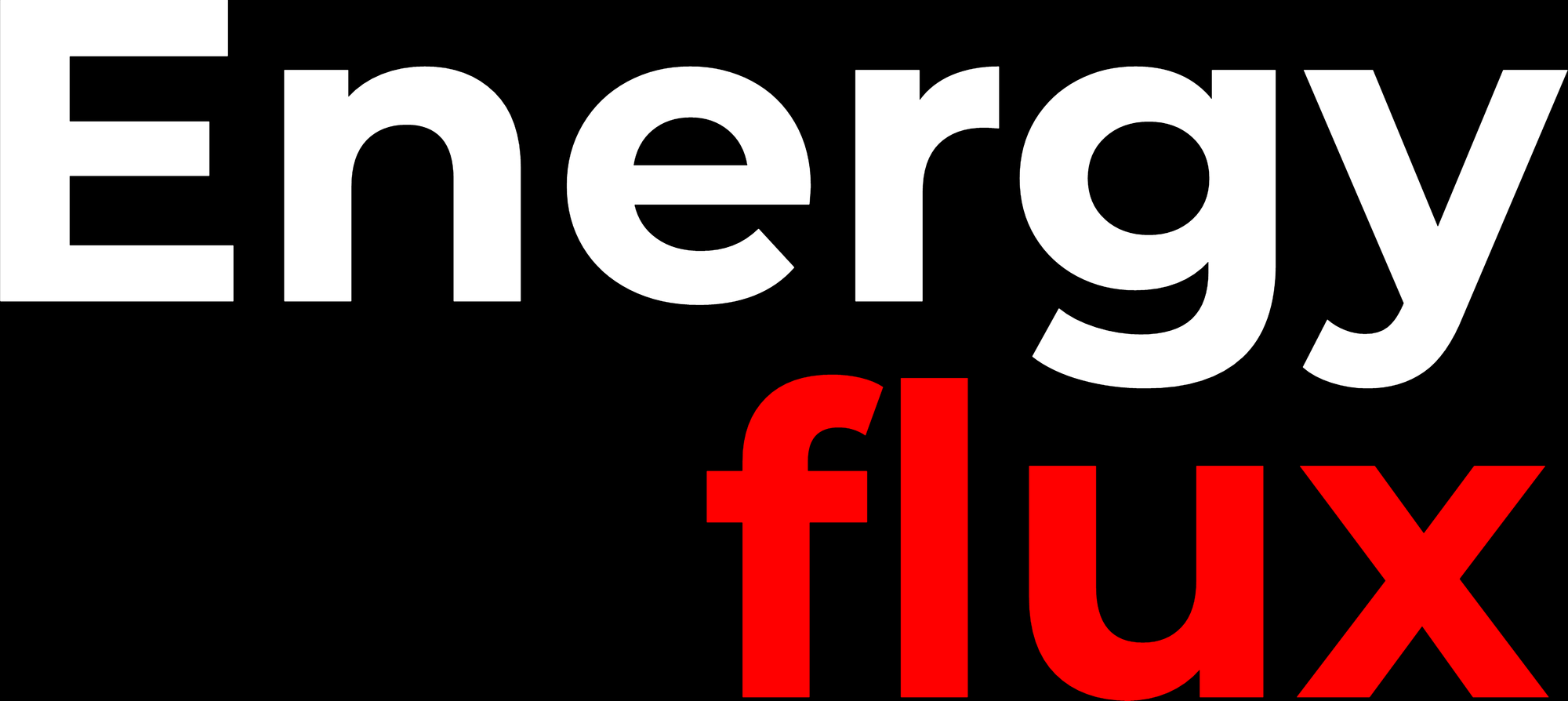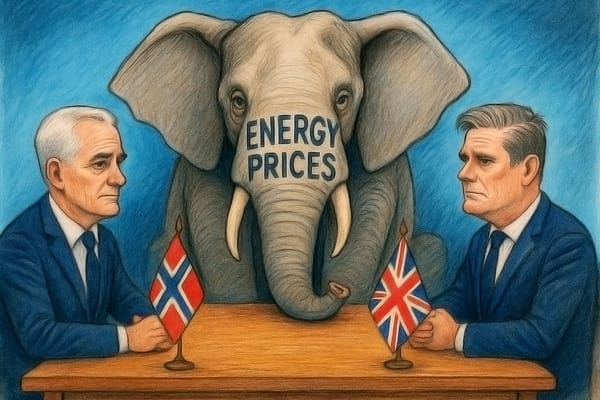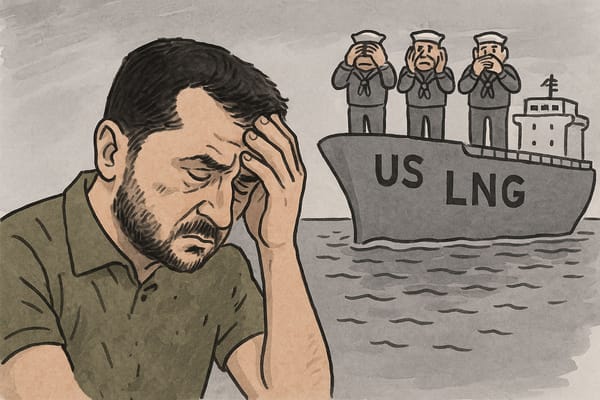Backs to the wall: Oil exporting countries double down on fossil fuel subsidies
Energy producers disconnect from their decarbonising customers by channelling Covid-19 stimulus funds into gas, oil and coal


Member discussion: Backs to the wall: Oil exporting countries double down on fossil fuel subsidies
Read what members are saying. Subscribe to join the conversation.





